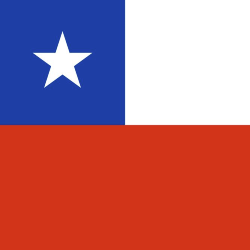Congestion pricing in't the only way to fix the MTA's finances
Over the past century, New York State has used the public authority mechanism to build transportation infrastructure in the New York metropolitan area. The process began with the creation of the Port Authority of New York and New Jersey in 1921 and continued with the various bridge, tunnel, highway and parkway authorities that master builder Robert Moses created from the 1920s through the mid-1960s in the building of an extensive network of automobile oriented infrastructure.
In 1968, Gov. Nelson Rockefeller created the Metropolitan Transportation Authority as a multi-modal entity which merged the Moses’ auto oriented network with a newly created regional transit component consisting of suburban and New York City commuter rail and bus routes. However, it took until 1980 to establish a capital budget program. Early on, the MTA demonstrated that it was not a good money manager but this was also a function of changing regulatory processes.
Originally, the public authority structure provided financial independence and small boards of directors separate from the people with little public engagement. Through the emerging and extensive public participation process and environmental impact reviews that were established in the 1960s and 1970s, the MTA has not been able to operate as an authority. Large projects usually exceeded their deadlines and in the process the estimated costs were overtaken by the passage of time and inflation.
Everyone is for cleaner air and less traffic congestion but the way the MTA has managed the congestion........






















 Toi Staff
Toi Staff Tarik Cyril Amar
Tarik Cyril Amar Jeffrey Bernstein Ph.d
Jeffrey Bernstein Ph.d Gideon Levy
Gideon Levy Sharona Margolin Halickman
Sharona Margolin Halickman Maryam Aldossari
Maryam Aldossari Tafi Mhaka
Tafi Mhaka Sabine Kinkartz
Sabine Kinkartz Andrew Mitrovica
Andrew Mitrovica Jennifer Gerlach Lcsw
Jennifer Gerlach Lcsw Leonid Ragozin
Leonid Ragozin
